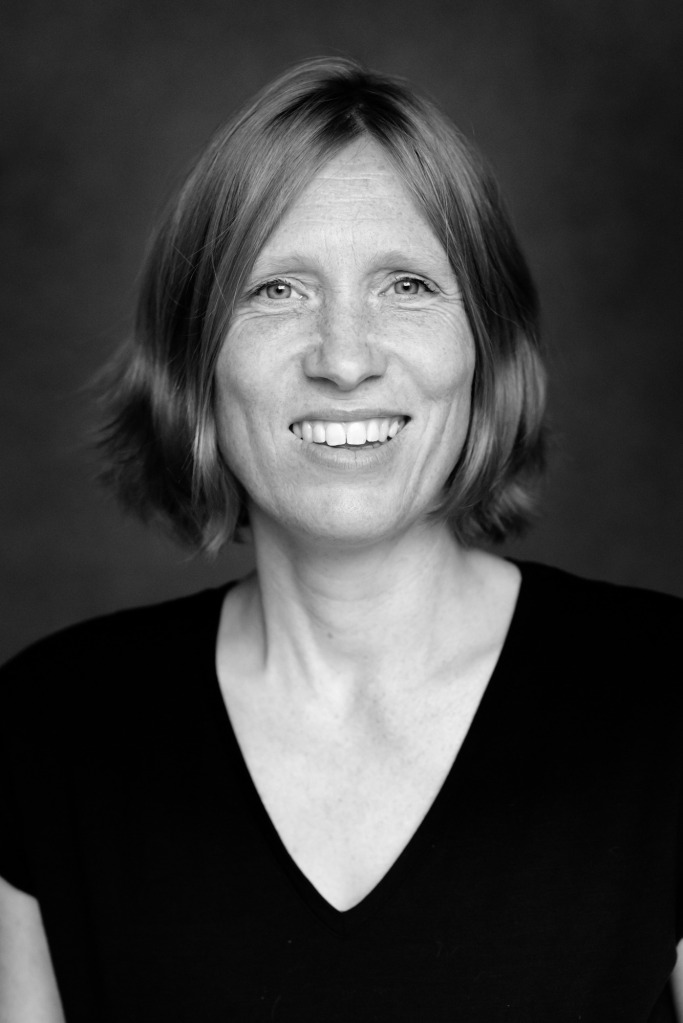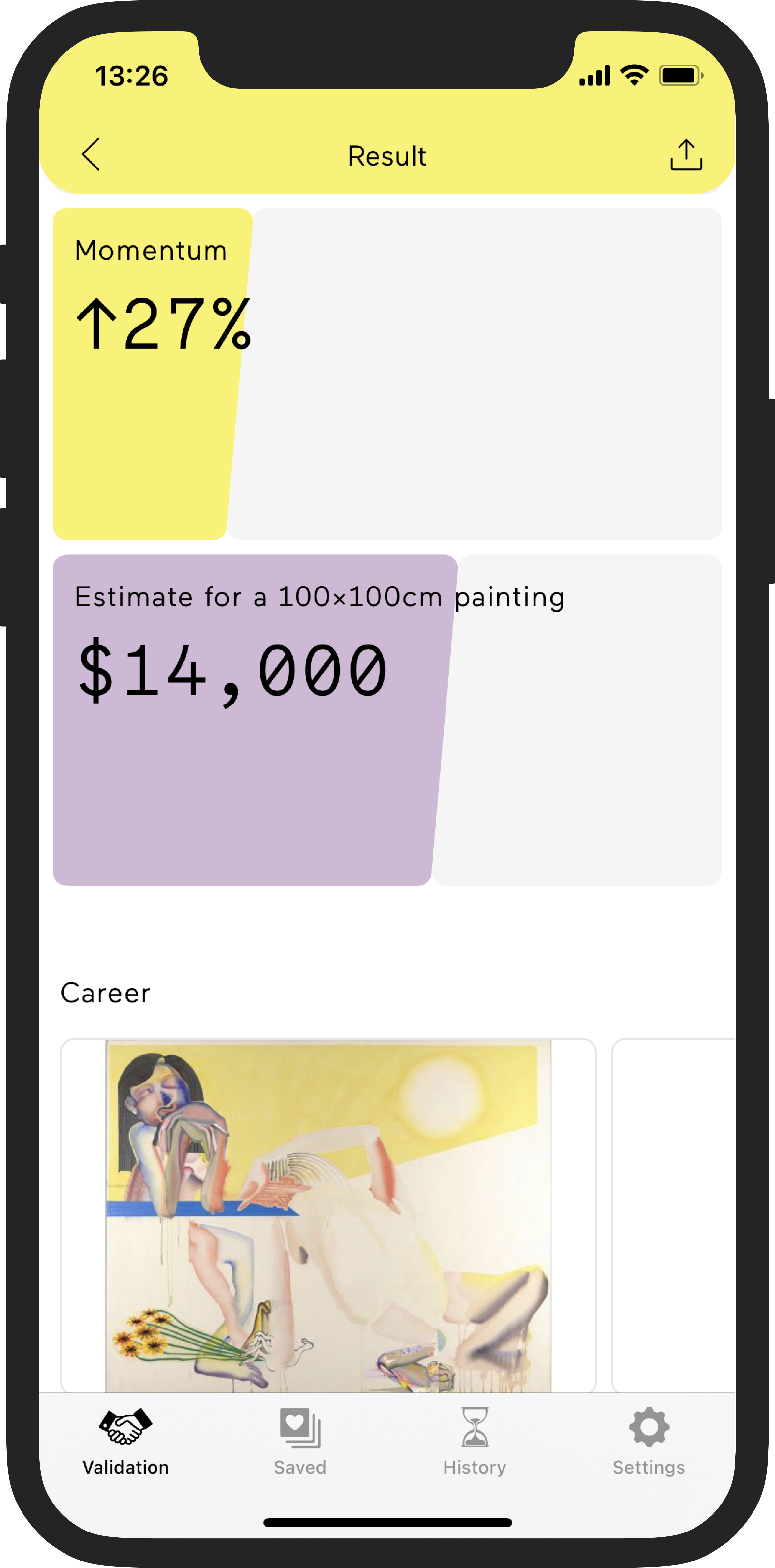A few weeks ago, thanks to Art Girl Rising, I became aware of ArtFacts.net and Limna who had published an article about the fastest growing women artists.

I was impressed to discover that since 2001, Artfacts.net, a Germany based company has been collecting data on the Primary Art Market worldwide and they have more than a million exhibitions in their base. The company publishes a ranking of artists with the objective “to become the industry approved rating”. In 2021, the team launched the app Limna, “the world’s first AI-powered art advisor”.
It happens that I found my own profile in their database and I was curious to know more. I reached out to their team and Stine Albertsen, co-founder with Marek Claassen, was kind enough to share about their company, its mission and vision.
Your project is based on the transparency of the market. What is the philosophy behind?
Our motto is that to grow the market, we need to open it up. If you keep it in the dark, only a small circle can do this because you need a lot of knowledge. Therefore only the people who have been on the market for years, been to a lot of art fairs or can hire expensive art advisors, can be active. We want to help a new audience to get in.
Some actors are not interested in opening too much but in the last few years, there is a trend to open the market. Indeed a lot of people find it difficult to support the art scene because there is a lot of unknown. This is where we want to help by providing fact checked information.
With Artfacts and Limna, everyone can get a short overview about an artist.
How do artists get into your database?
There are many ways of how you can end up with us: It can either be that a gallery or art institution has listed a show, through their own profile. We have partnerships with many galleries that are members and with 180 art fairs worldwide. They give us the information that we integrate in the database.

We also collect data thanks to entries made by art lovers, collectors, artists, curators who can also report exhibitions. This is all public information and everything can be listed for free. There is also an option to buy a subscription to get access to more services and data.
Then our team of editors fact check the information. Our objective is to quantify and digitize art facts, making the art world more transparent, allowing anyone to increase their knowledge and make better business decisions concerning art.
How much data do you have in your database?
It’s been 20 years so we have a lot and of course we grow every day. We have about a million exhibitions in the database, with a slight bias towards Europe, and we have the goal to expand to gather even more data and complete what might be missing.
We believe we have up to 70% of the history of top artists, but the figure tends to be lower for emerging artists. One way to improve this is for artists to complete their own profiles on the site, and some do already use our platform as their resume.
How do you fact check the information and how long does it take?
We pride ourselves on the fact that our information is meticulously checked prior to publication as it is used to form the basis of Artfacts’ unique Ranking system. We have a well trained team but of course the speed of the fact checking depends on the quality of the information provided. It’s ideal to have the website of the gallery, or a contact who can confirm the show. It can also be an article, an invitation. We sometimes check on social media but we prefer a direct contact with the gallery or institution.
It takes up to three months on average to check all the data. If you have a membership, the information is checked faster. It depends how fast you want the data to be checked.
What is your vision for the future?
For Artfacts, we have the ambition to be an archive of the art world. If something has happened and is in the base, it will be there forever. Thanks to our database, we create biographies for each artist.
For Limna, that is based on the data of Artfacts, we want to make it easier for anyone to confidently buy art. Limna analyzes millions of art world data points in seconds to give users precise valuation details and key insights about the art that inspires them, while they visit an art fair for example.


Tell us more about the ranking you publish
The ranking system is based on where you exhibited and with whom. It’s a point system that collects points every time an artist exhibits. Each institution, gallery, or type of shows (solo or not) are weighted differently. Our Artist Ranking has grown to become the industry approved rating, used by curators, galleries and collectors to assess an artist’s positioning in the art world.
Sometimes we have questions about the ranking and how it works. It is not a judgment about the quality of the work : it is an evaluation of the activity of an artist.
How do you integrate online exhibitions?
Indeed this is a new trend that has accelerated in the last two years. We do enter digital exhibitions but we do not yet have a weight for them. We need to define what it means for the artists. We are working on it.
As for NFTs and digital artists, even if they are in the early stages, we believe many will also end up in exhibitions. It’s only a bit too recent for us to weight them in.










More Stories
The Ten SolarScape Artworks | The Unfathomable Artist
Industrial Materials Reconstruct Local History on a Monumental Scale in Public Sculptures by David Mach — Colossal
12 Terrific DIY Projects for Your Art Room to Get Started On Immediately